Opis
Informacje o Produkcie
Pharmacoll® Cushion is a gelatin free hydrocolloid adhesive wound dressing laminated to a waterproof thick
cross-linked polyethylene foam film backing .
Pharmacoll® Cushion forms a gel upon absorbing wound exudates providing a moist wound environment,
supporting granulation and epithelialization. Gel formation prevents Pharmacoll® Cushion from adhering to
wounds and dressing can be removed without causing pain and without damaging the granulation and
epithelial tissue. while the polyethylene foam backing work as a cushioning decreasing the pressure and
friction on the injured area which help to relief the pain .
• Adhere to both dry and moist skin surfaces.
• Deliver gentle and secure adhesion that does not irritate the skin.
• Have fluid absorption capacity that is adjustable based on adhesive formula.
• Provide barrier properties to external contaminants with secure adhesion to skin.
• Are flexible and conformable and mold to difficult anatomical contours.
1- light to moderately exudating wounds second degree burns.
2- leg ulcers.
3- pressure ulcers.
4-chronic slow healing wounds and abrasions, skin cut.
5- Used also for blisters treatment –corns –callus.
6- donor site and post-operative surgical wounds.
- Don’t use on patient with known sensitivity to the product or any of its components specially Polyisobutenes and Carboxymethylcellulose.
- Pharmacoll® Cushion should not be used on third degree burns, on exposed muscle, bones and
tendons, nor on infected wounds.
1- Discoloration and bulging of the dressing indicate it should be changed
2- Wounds showing clinical signs of infection (temperature, pus, inflammatory signs) should be treated
under medical control before resume using of the dressing
1. The dressing should remain in place as long as possible.
2. If leaks are detected, the dressing should be changed immediately.
3. Change the dressing when maximum absorption has been reached.
When the Pharmacoll® dressing comes into contact with wound exudates, the hydrocolloid swells and forms a gel that covers the wound and maintains moisture. This gel continues absorbing the wound fluid and minimizes adherence to the wound. When the dressing is changed, the wound stays protected by a film of gel.
- Clean wound area.
- Evaluate the wound and select the dressing size to allow 2.5 cm (1 inch) of the hydrocolloid adhesive to extend beyond the wound edge.
- Open the pouch and handle the dressing using gloves/forceps.
- Usuń warstwę ochronną z opatrunku.
- Wyśrodkuj opatrunek nad raną i obszarem wokół rany, a następnie delikatnie dociśnij samoprzylepną stronę opatrunku.
- Należy uważać, aby uniknąć niepotrzebnego rozciągania opatrunku, co może skutkować mechanicznym urazem rany i otaczającej ją skóry.
- Zdejmij ramkę opatrunku, zaczynając od góry i kierując się w dół. Wzmocnij i wygładź brzeg folii od środka na zewnątrz. Kontynuuj wzdłuż jednej strony, kończąc na wycięciu. Powtarzaj proces z drugiej strony, aż wszystkie sekcje ramy zostaną usunięte. "W przypadku Pharmacoll® Comfort and Pharmacoll® Comfort Plus “.
Usuwanie opatrunku:
- Ostrożnie unieś krawędzie opatrunku (lub brzeg folii), jednocześnie dociskając skóre
- Kontynuować podnoszenie brzegów, aż całość zostanie odklejona od powierzchni skóry.
- Nacisnąć skórę, aby oddzielić opatrunek od skóry.
- Delikatnie zdejmij opatrunek, a następnie zawiń go, pociągając ostrożnie w kierunku wzrostu włosów.
- Alternatywnie, rozciągnięcie opatrunku w poziomie i podniesienie go również ułatwi zdjęcie w większości sytuacji.
- Wyrzucić opatrunek do odpowiedniego kosza na śmieci.
Jak często zmieniać opatrunek:
- Opatrunek powinien pozostać na miejscu tak długo, jak to możliwe.
- W przypadku wykrycia nieszczelności opatrunek należy natychmiast zmienić.
- Change the dressing when maximum absorption has been reached.



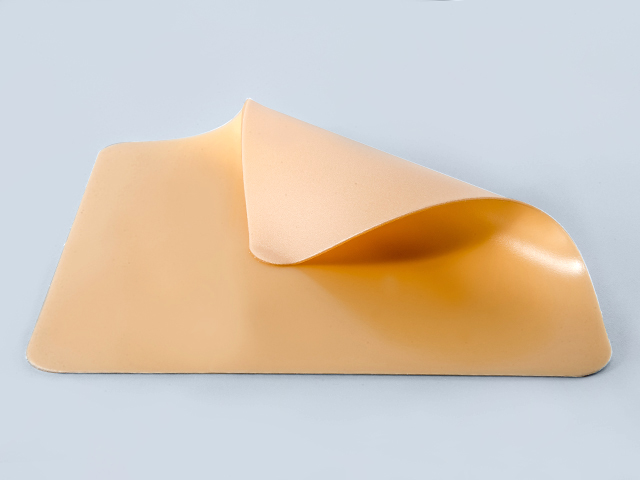
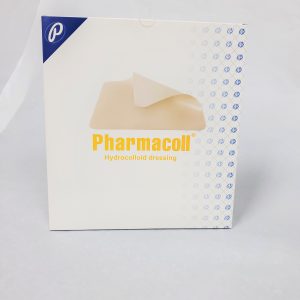
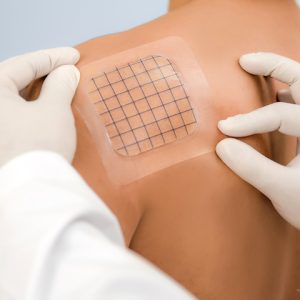
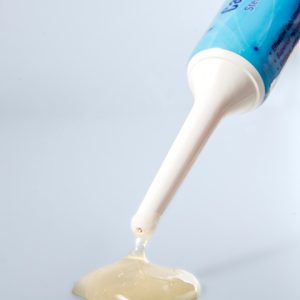
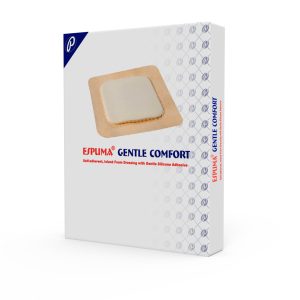
Opinie
Na razie nie ma opinii o produkcie.